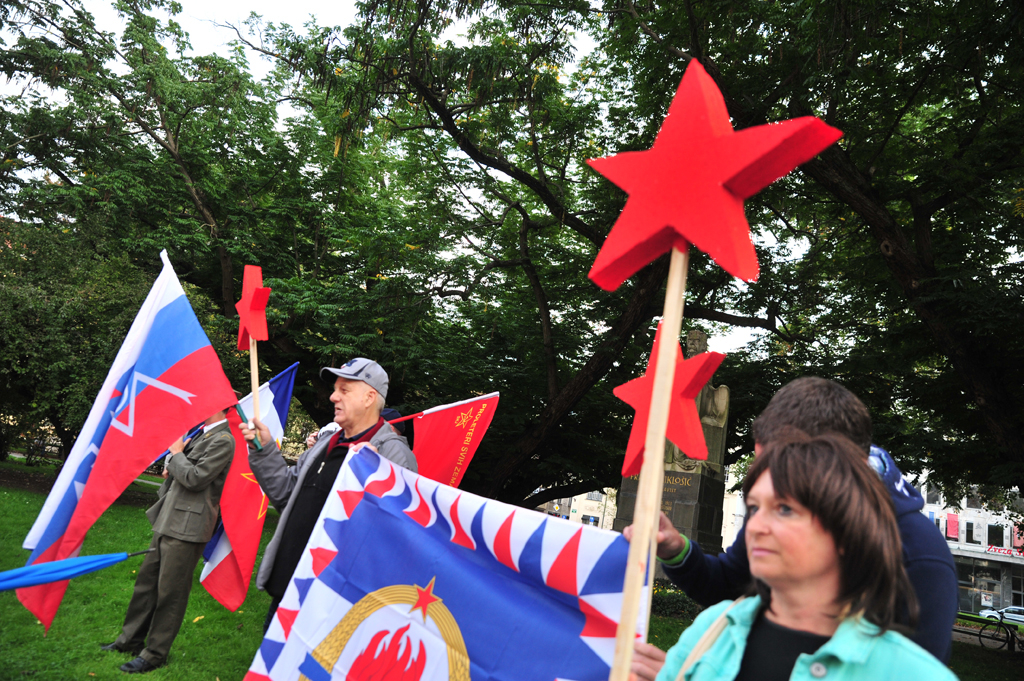By: G. B.
On Sunday, in Dražgoše, there will be “merriment” again, as the annual “red mass” will once again serve as a distortion of history. Unfortunately, this is not the only example of such mockery of history.
In the western part of Slovenia, there is the village of Stanovišče in the Breginjski kot, where similar events occurred during the war. Let’s see what the website of the municipality of Kobarid says about it:
“The village of Stanovišče in the Breginjski kot was burned twice. The first time was at the end of the Kobarid Republic on November 2nd, 1943, when the Germans, after capturing the republic, advanced towards Breginj and in anger, burned the village. The second time was eighty days before the end of the Second World War, on February 19th, 1945. On that day, fighters of the 1st Company of the 1st Battalion of the Operational Headquarters for Western Primorska triggered a mine below the village, damaging a vehicle and injuring some soldiers. The German major later died in Stare selo. Only walls and ashes remained of the burned village, and eleven locals were taken by the Germans to Borjana and shot at the bridge. The local organisation of the Association of Fighters Kobarid erected a memorial in the old part of the village on April 26th, 2015.”
In these areas as well, partisan organisations organise major events commemorating the anniversary of these tragic events. Indeed, no one protected the innocent villagers from the ruthless revenge of the occupier; instead, those who should have defended the village fled – similar to Dražgoše. The consequences were dreadful, just over three months before the victory over Nazism. The slain locals are buried in a common grave at the cemetery Pri Svetem križu in Sedlo.
It must be admitted, at least, that there is somewhat less political circus here than in Dražgoše, at least according to descriptions of annual commemorations, although partisan associations are also heavily involved here. Perhaps it is because the place is somewhat more “on the edge” – after all, Dražgoše is closer to Ljubljana. But for the sake of truth, it would be right to speak about the truth, namely about the “gošars” and the revolution that was the main driving force of partisan activities. The resistance against the occupier was subordinated to the revolution. If it was not in the service of the revolution, it simply did not take place.
